Transport planning has faced huge challenges since the start of the COVID-19 pandemic. With lockdowns, social distancing measures, and strict hygiene regulations – all commuters and road users had to adjust.
The challenge is of course also affecting the persons in charge of transport planning. So on August 11, PTV hosted the Shaping Mobility Webinar “A re-imagined American City? Urban mobility after COVID-19”. This webinar is now available for free download.
The speakers were the leading experts in the field of America’s Urban Mobility: Dr. Susan Shaheen as researcher on Mobility as a Service from UC Berkeley and Vice Chair of the TRB executive committee; Tilly Chang as the Executive Director of the San Francisco County Transportation Authority; Jarvis Murray as the Administrator for For-Hire Transportation at the City of Los Angeles; and Randy Iwasaki as the Executive Director of the Contra Costa Transportation Authority, one of the most innovative counties located near San Francisco.
Has COVID-19 disrupted transport planning?
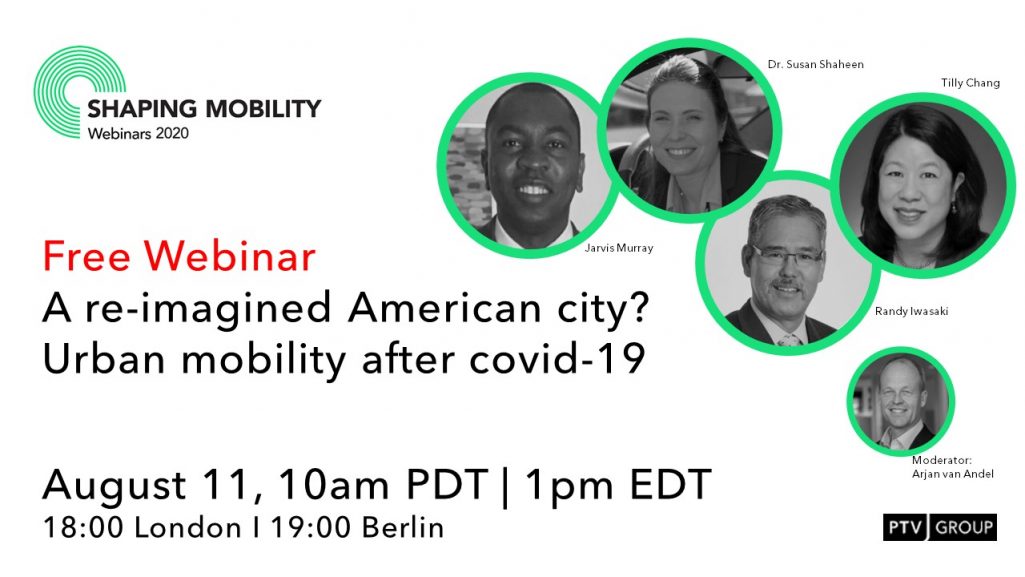
The panel provided an overview of the impacts experienced during the last months: COVID-19 has disrupted urban mobility and transport planning in many forms.
In the United States, transit ridership and shared mobility as well as their revenues are down by 80%. To provide service to essential workers, respect cleaning and limited capacity to allow social distancing, the costs of operations are still at pre-COVID levels, leading to unsustainable situations for transit operations.
In April, vehicle miles driven were down to 30% of normal levels. But in August they are almost back to normal. The large difference at this time is that large groups of people are still working from home, and unemployment levels have risen significantly.
The big unknown today is to determine how the future will look like, in the near term, mid term and long term. Data from the past is not representative for the future and travel behavior and preferences have changed. Both are still subject to changes influenced by the status of COVID-19 Containment.
Where we are today
Susan Shaheen explained how she noticed a quick growth of scooter and bicycle ridership, and a growth in travel distance in these modes. She highlighted the growth of curb delivery options and the focus on racial justice for transportation options.
Tilly Chang highlighted how 40 Muni Lines are out of service and how they redesigned a network to ensure that essential workers can still have access to their jobs and seniors can travel to their destinations.
Jarvis Murray told the audience about the taxi industry losing a large share of business, with a major part being airport services, and how a refocus took place to 3000-4000 food deliveries per day.
Contra Costa County expected a large decrease in tax revenues, but that tax revenues were almost back at pre-COVID levels and the reasoning behind this was not clear yet.
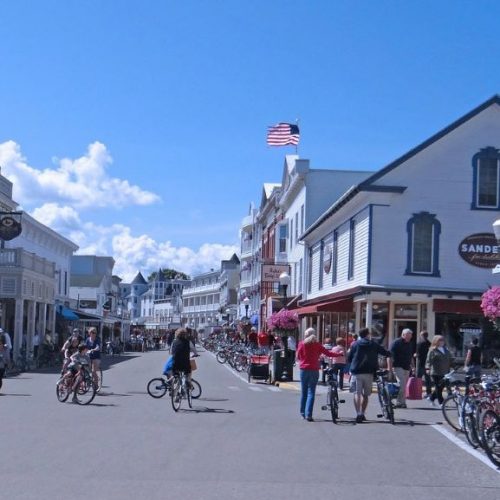
New travel models post-COVID
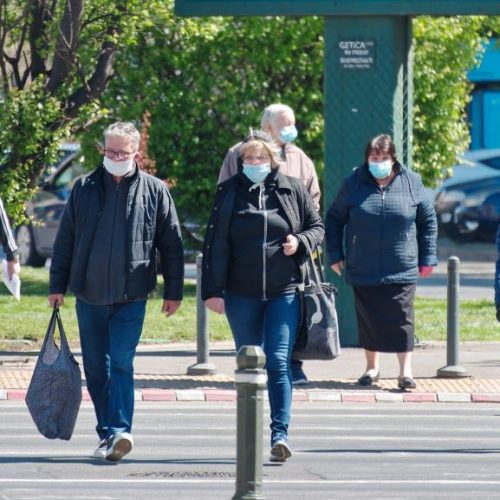
The discussion made it clear that models will have to be redone to reflect the future, incorporating smarter mobility hubs and new ways of moving people.
It is now more important to understand who is going where and when; and to understand information about the traveler, not only limited to having a job, part-time job and vehicle, but also to the type of work such as: is this an essential worker and the understanding if a person could work from home.
In typical demand modeling this means that the person groups now also need to incorporate if people are essential workers or not.
The travel demand models and technologies can also be used more extensively to evaluate the design and digitization of the curb, to design streets for deliveries of goods & food and to determine locations for pick-up and drop-off of people.
Growth of e-commerce
The COVID-19 pandemic also brought growth to e-commerce resulting in the integration of models for trucking, e-commerce, and personal travel. Integrated concepts for first- and last mile deliveries and impact on congestion and emissions will become even more common themes in transport planning.
Lastly, understanding the impact on equity, affordable housing and where are people choosing to live is going to be a major new factor in the mid-term transport planning.
Due to the recent changes we have seen people moving away from small downtown apartments to larger homes in the suburbs. The question arose if this would lead to the new “Super Commuter”; someone willing to commute more than two hours to access a job.
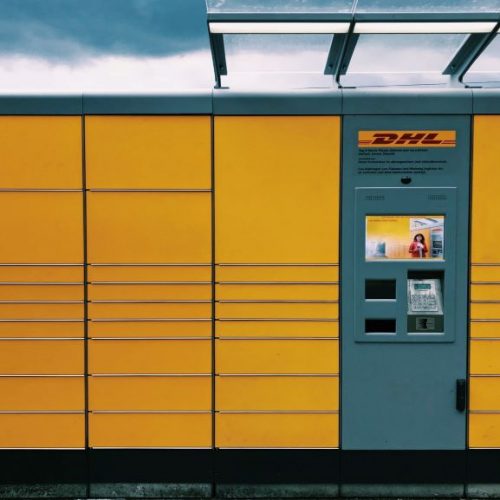
PTV tools for traffic clarity
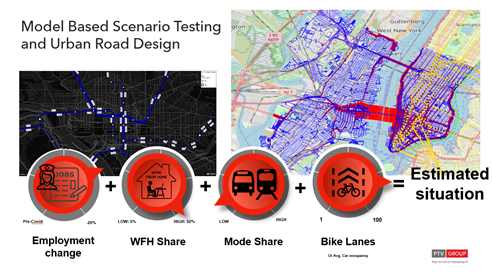
Where does this leave us with the PTV tools? PTV products can assist in building network models quickly, ingesting data from various sources such as traffic counts, StreetLightData, and public transit.
PTV Visum can serve as the scenario manager between the regional demand models, which are less granular, and data provided in real time. Visum is able to bring the variables together and highlight the impacts of factors in map based and dashboard formats. These factors include willingness to use transit, availability of public transit, work from home, work patterns of essential and non-essential workers and availability of other travel options such as bike lanes and car sharing.
Understanding the impacts of policy changes and learning which measures will be most impactful will enable communities to implement the most effective and efficient transport planning.
We would like to thank the knowledgeable panel for their insights and willingness to work with PTV in rebuilding America’s cities.
